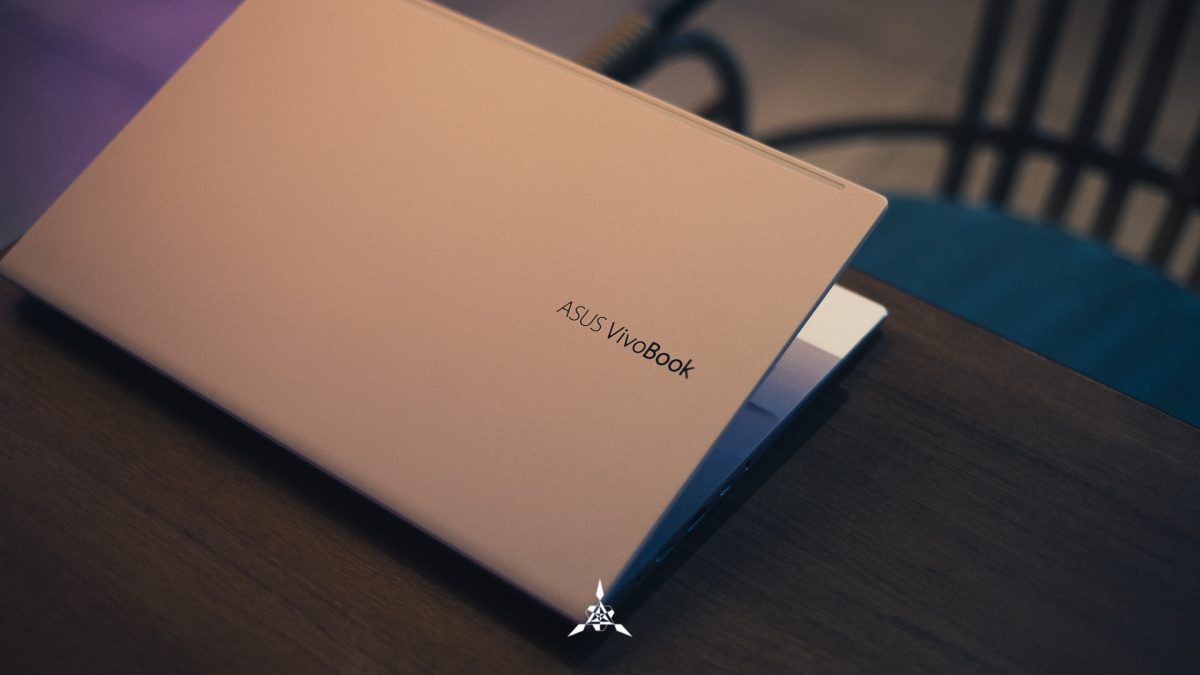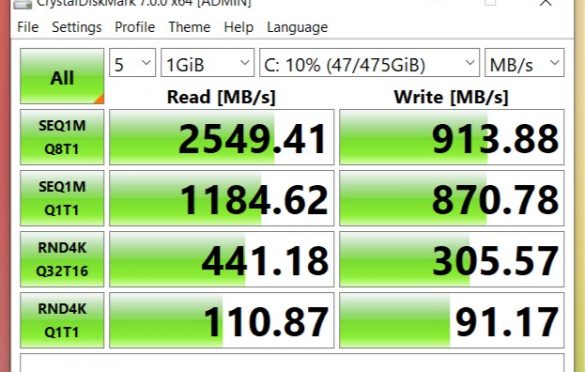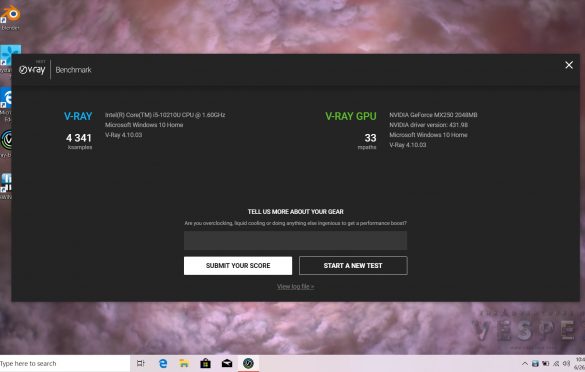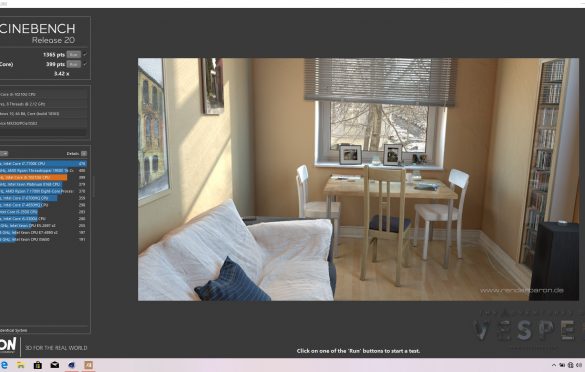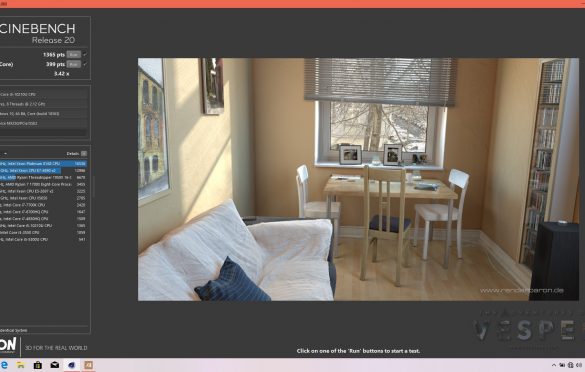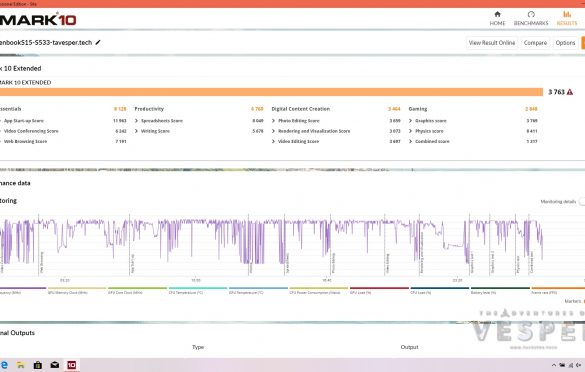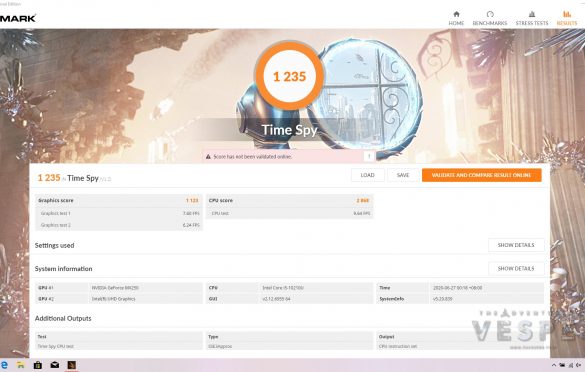8.3 Score
Pros
- Good build quality overall
- Decent specification for everyday use case scenario
- Average display but the fact that its huge makes up for better multitasking
- Impressive Battery Life
- Affordable Price tag
Cons
- Soldered RAM
- Doesn't have USB-C PD Charging Capabilities
If there’s one lineup from ASUS that’s popular at all, it’s the Vivobook Series – with so much of refreshes over the past and in fact being one of the most attractive option in the sub-3000 price range, these laptop has a lot going on for. That said, this year the 10th Generation Intel Processors are in and which means there’s going to be a refresh – and ASUS Malaysia graced us with one and we are taking a look at the new Vivobook S15 533 to see what has changed and how the new model lives up to the lineup.
Look and Feel
Vivobook design has constantly improved generation after generation – starting off with a plastic build back then to now, an all-aluminum construction that bedazzles every single users out there. To make it interesting, ASUS Malaysia graced us with the Pearl White finish which in my opinion – is possibly the most gorgeous color I have ever looked at for a while. The Vivobook series is known for its pop colors with rather electric accents that makes the laptop have a style to it but this one has ditched those electric colored accents and went for a chamfered finished – a rather elegant look. Pair that with the all-white finish, you have a very chic and professional looking laptop out there – and personally, I love a white finish laptop. The Pearl White color does have a pearl like effect under different kind of lighting.

In terms of build quality, the Vivobook S15 has come a long way – from a plastic build to an all-aluminum finish that screams premium. In today’s world, there’s an obvious battle about how consumers what more than what they pay for and the build quality speaks more. That and keeping the whole laptop light is what I love about the Vivobook S15. Now, if you do want a laptop that’s a little smaller, then you can opt in for the S14 because the S15 is pretty huge but I like it as it does have more room to work with.
Display
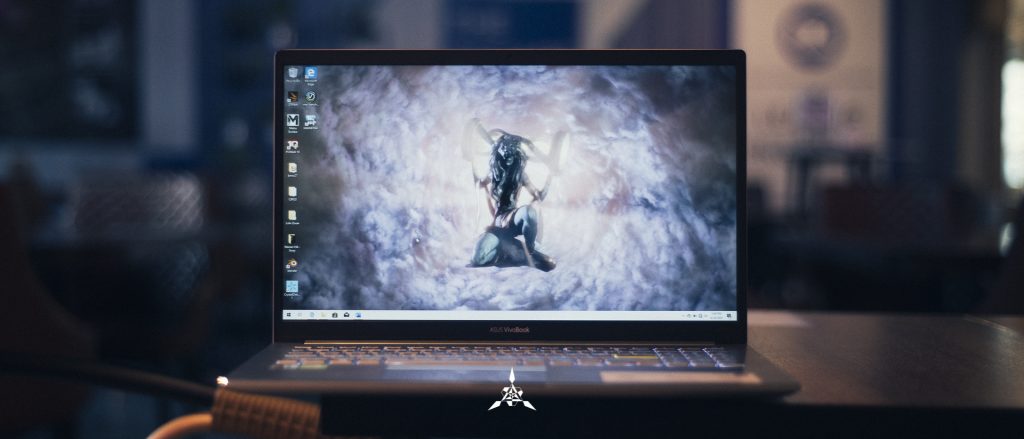
The laptop has a humongous 15.6” LED FHD Display in a 16:9 aspect ratio and it also gets the almost frameless design – the NanoEdge where it accommodates a bigger display in a smaller body and this time around the display offers about 88% screen-to-body ratio. Now right outside the box, the display is sharp but it does have a bit of a warmer tone to it. That said, the color accuracy for the display it has a 45% NTSC coverage, which is okay for everyday use case scenarios. But for the most part, using this display feels nicer than others I have seen in the market at this price range.
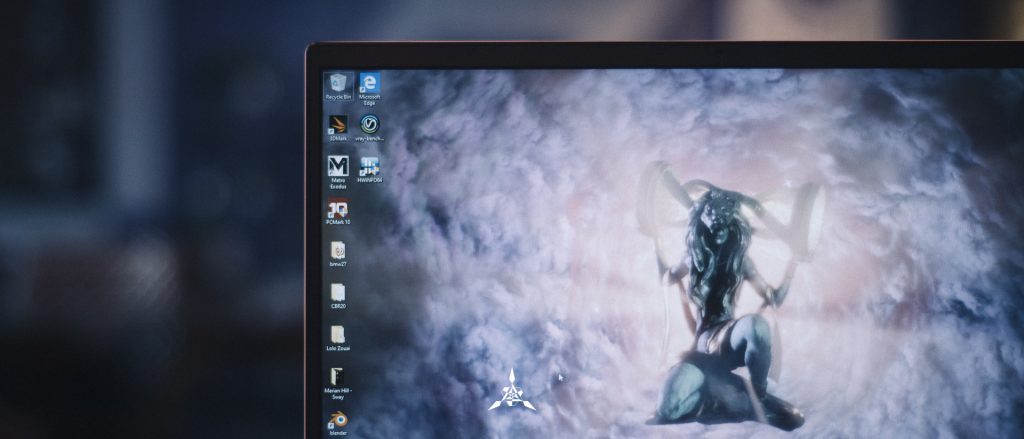
The humongous 16:9 definitely gives you room for multitasking – especially if you want to have your Google Meet open on one side and Microsoft Word on the other half – knowing the fact that Universities students as of right now, do rely on laptop and online classes heavily. The 178 degrees viewing angle does offer a good amount of coverage and the display has a matte coating which in my opinion a nice touch – especially if you do plan to use the laptop under harsh lighting – you will still be able to look at it with no discomfort.
Specification | Performance | I/O

Given the Vivobook has always been a go-to productivity laptop, the specification fits the description – it isn’t going to blow your minds but it runs the latest specs for 2020:
- Intel 10th Generation Core i5-10210U Processor – Quad Core
- NVIDIA GeForce MX250 with 2GB GDDR5 VRAM
- 8GB DDR4 RAM On Board
- 512GB PCIe M.2 SSD
- Intel WiFi 6 with support for 802.11ax and Bluetooth 5.0
The specs you see above is quite alright for a student or someone who wants a basic laptop for everyday use case scenario – we are talking about a laptop for word processing, to be able to do some light editing work on Lightroom, a good multimedia consumption and pretty much just that. The 10th Gen Intel quad core processor handles such tasks quite alright and the 2GB MX250 does give the end users the head room to be able to run some software like Lightroom or even have a small gaming session. In fact, our benchmark pretty much says the same story – in PCMARK, 3DMARK, Blender, Cinebench R20 and VRay. The laptop comes with a 512GB storage and the speeds are quite alright for everyday use case scenario with 1436MB/s Read Speed and 359MB/s Write Speed. The CPU thermals peak at 90 degrees at maximum load but for the most part, users who will be getting this laptop isn’t going to spend much time on cranking up the laptop to push its limits – and for every day use case, the temperature is cool and runs idle at 43 degrees respectively.


As for ports, the laptop has the following – On one side, it has 2x USB-A, a Micro SD card slot and on the other end it has DC IN, HDMI, USB-A, USB-C and a 3.5mm Combo Jack.
Battery Life and Charging

In the battery department, the laptop has a 50Wh 3-cell Lithium Polymer battery to power this laptop up and to my surprise – it was able to last for 9 hours in our Modern Office benchmark and even in a real time use case – where I did use the laptop for Browsing, Netflix, Spotify and writing reviews like this one, the laptop was able to last about 8 hours 54 minutes mark which is rather impressive. In order to charge the laptop, this is a little love-hate for me because ASUS still uses the Barrel DC IN to charge the laptop – and a little part of me hoped for USB-C PD charging but guess not this time – I do hope the next Vivobook switches to a USB-C PD given how things are moving towards all things USB-C.

Inputs | Speaker

The Vivobook S15 gets a Full size keyboard with some nifty changes. The keys are no longer curved inwards, at least I don’t feel any – the keycaps are a lot more squarish than ever and the legends on the keyboard has been changed to a different font. That aside, the keyboard feels nice to type this time around – it still uses a chiclet style profile with a short travel but that has some rigidity – I am not too sure but this has been the case with the few ASUS laptops we have reviewed so far, and that’s a notable change in the experience we had. But don’t worry, we mean it in a good way.

I am happy that a lot of the keys are in the normal size and the accented Enter key is a cool touch – especially when you toggle the backlight, it looks like some Cyberpunk 2077 vibe going on. The number Pad is included on the side and doesn’t affect much on the keyboard layout.

The trackpad is covered in glass and its more in this rectangle shape – its placed in a way that it doesn’t interrupt your typing experience, which is nice of them to do so. It comes with Windows Precision drivers and performing gestures are seamless and easy. The left and right click is placed below the trackpad, and it works well.

The laptop has speakers tuned by Harman Kardon – and its positioned below. The listening experience with this speaker is quite alright and it sounds good enough for you watch a movie in your dorm with just the speakers. We tried some songs and one of them is Open Wide by Calvin Harris and while the bass response isn’t as prominent, the clarity and that’s all you need, really.
Conclusion
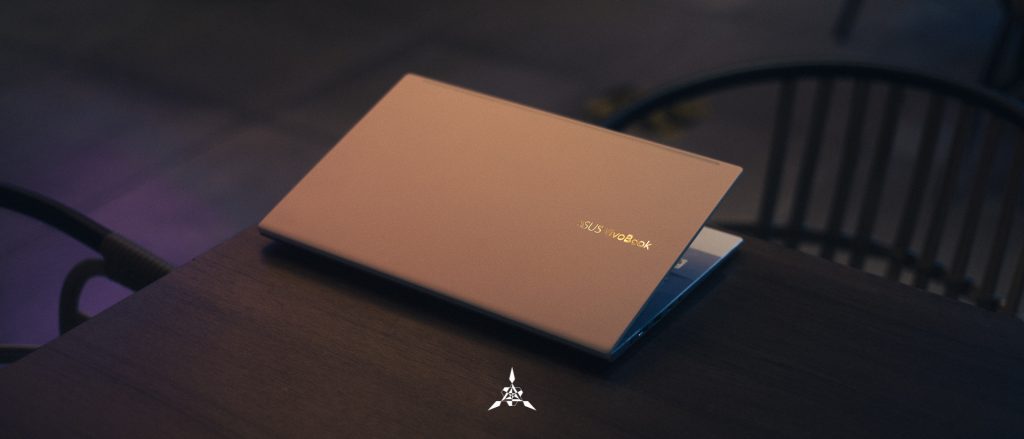
The Vivobook S15 has always been and still is a good laptop. It’s the kind of laptop that fits for everyday use and offers just that. Being able to own a good build quality or even decent specificiation without breaking the bank back then is a little hard and it is even more harder right now given the current circumstance – but the Vivobook S15 checks out as the laptop to get you going indoors, especially with this time of the year. As I like to call it, the go-to Quarantine Laptop – in a good way of course.
Huge thanks to ASUS Malaysia for sending us the Vivobook S15 S533 for us to review and special thanks to our friend Bryan for loaning his Nikon D610 for taking this product shots.



